So who cares if your roof space or attic is hot in summer and cold in winter...right? WRONG! Both of these issues can cause problems which will end up hitting you right in the bank balance at some point down the line.
It just may be that the solution to these issues is the installation of some ventilation for your roof space. But there are so many types of vents available - which is the right one?
While each roof vent is designed differently, they each have a similar purpose. These vents allow airflow through specific spaces. Roof vents move hot and humid air out of your attic or roof space to help cool things down.
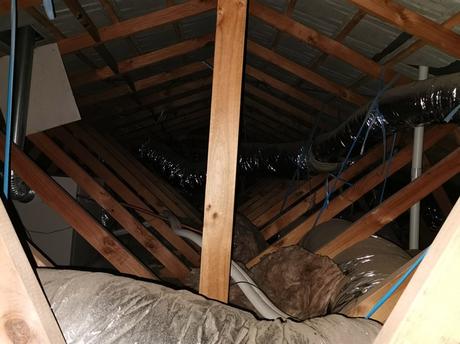
There are many benefits to using roof vents for your home.
Here are a few:
- Help to keep your home cooler in the summer, particularly two story homes.
- Systems that run on duct work can cool more efficiently. The ducts don't have to be run through the attic or roof space.
- Dry out the attic space, removing moisture and preventing moisture build-up in winter months.
- Roof vents prolong the life of the roof and items in the attic space. Materials are better preserved as the moisture is removed
There are a number of roof vent options to choose from. Which one you choose may depend on various factors.
These factors include roof materials, your local climate, the size of the roof, and the pitch and slope of the roof or attic space.
Types of Roof Vents
In this guide, we will walk you through the most common types of roof vents. We will also give you details on choosing the best roof vent. Each roof vent serves a specific purpose. The roof vent that is best for your home will depend on the setup and airflow of your home.
There are both exhaust roof vents and intake vents. Exhaust vents work by exhausting the hot and humid air out. Some of these must be combined with intake vents in order to be effective.
Exhaust Vents
Here are the most common types of exhaust roof vents. Each of these will be explained in further detail below:
- Wind turbines
- Power vents
- Hardwired Roof Vents
- Solar-powered roof vents
- Off ridge vents
- Box vents
- Ridge vents
- Cupola vents
- Hip vents
Wind Turbines/Whirlybird Ventilation
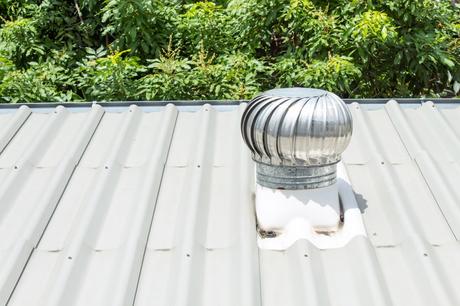
Wind turbines are also commonly called whirlybirds. These are one of the oldest types of roof vents available. You might recognize the wind turbine from older homes or even your childhood homes. Maybe your home now has one.
The wind turbine roof vent uses no electricity. It processes on air movement alone, as the name suggests. Wind powers this puppy to circulate and vent air. As the wind turbine spins, the vanes pull hot and humid air out.
This process removes the stale air from your attic or roof space, freshening up the space and potentially cooling as well by natural means.
This type of roof vent is best used where wind is a common occurrence. The wind only needs to be regularly above 5 MPH in order for the vent to be effective.
The wind turbine is affordable and comes in varying options. These roof vents tend to be long-lasting. If you think a wind turbine might be the best roof vent for your home be sure to choose a quality option. Look for lubricated bearings that won't rust or cause replacement. If you choose not to select a superior quality, you may experience a squeaky wind turbine when the wind is strong.
Power Vents
If you want the power, an option that you know is functioning with or without wind, take a look at these. These types of roof vents operate on electric power. They are often referred to as electric-powered attic vents.
These powered vents can be mounted on your roof or your gable. You can choose from several different colors to get one that blends with your other colors. Additionally, the roof power vents are primarily low-profile. They are small and round and set close to your roof.
If you decide to use a power vent, here's how it works. The electric motor turns a fan to push hot air out of the attic. The process also typically reduces humidity or moisture levels in the attic space as well.
These units operate quietly and they are extremely efficient. This is a powerful option that is often overlooked simply because it runs on power. But we say, don't knock it until you try it.
They are so strong that they may pull cool air from inside your home up. This could lead to a higher bill because your system is struggling to keep up since the cool air is being released as well.
There are 2 main types of powered vents - hardwired models and solar-powered models. We think it is essential to break down this category for you.
Hardwired Power Roof Vents
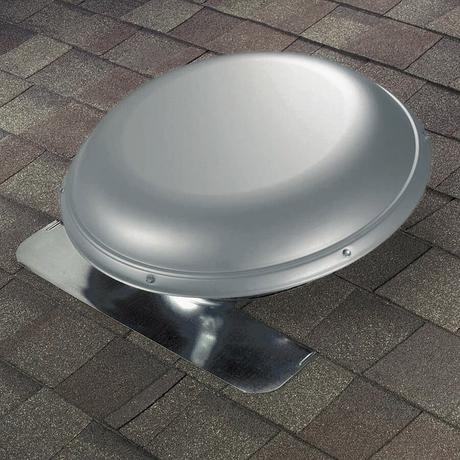
The most common Power roof vent is a hardwired power roof vent. If you decide to use a roof vent that is not solar-powered, this is what you will be using. This type of roof vent is directly wired into your home and typically attached to a thermostat/humidistat to operate the vent. However, they might also be operated by a manual switch instead.
The hardwired roof vent can be attached to either a hole cut into your roof or they can be mounted to a gable. As with various other vent types, it is ideal to pair your hardwired vent with an intake vent, such as a soffit vent.
These vents can move a significant amount of air. The hard wiring causes the fan to power up and pump out hot air when needed. They operate quietly and efficiently for their purpose but may cause your air conditioner to be less efficient.
These vents don't have a great reputation just because they can quickly cause your costs to sky rocket in some manner.
Just as with any type of vent, there is an ideal time and place for them to be used.
Solar-Powered Roof Vents
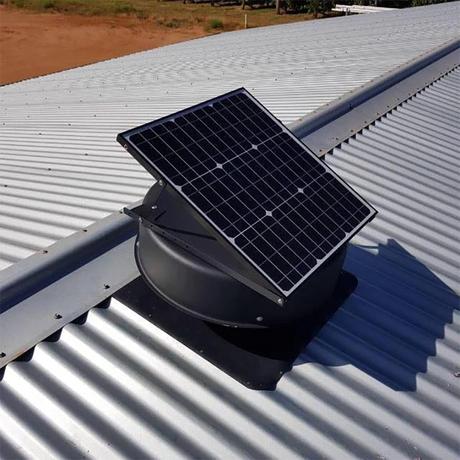
Solar-powered roof vents are slightly different than hardwired roof vents because they are powered by solar power. These roof vents have a solar panel attached to the mount, and they are ultimately powered by the sun's rays charging the panel.
This example from Remington Solar shows you the basic concept of the solar-powered roof vent. These come in a variety of styles. Many of them are designed to be roof-mounted but there are options that attach to gables as well.
These are ideal if your roof gets a lot of natural light. If your roof is shaded during the day, then this is probably not an ideal solution for you. The solar panel powers the fan and moves masses of air out to help cool the attic or roof space. These do not typically move as much air as hardwired models.
Obviously, the sun is required to operate these models, although some models have battery backup options in case the sun is not available. The concept is that when the sun goes down, you may not need the flow as much.
Again, these models may include thermostats, humidistats, and manual switches. They can also be rather expensive to install, considering you don't know how effective they will be in your area until you try them.
Off-Ridge Vents
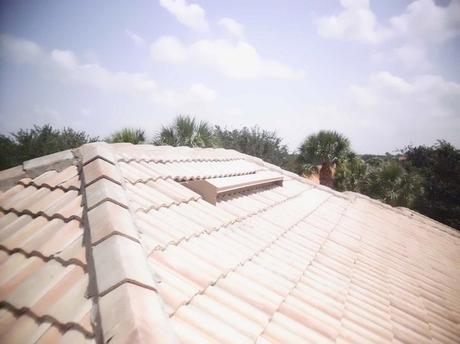
Off-ridge vents are a lesser-known vent. They are not as popular as other types of vents and in fact, can be hard to find information on. They operate similarly to box vents, which we discuss next. Off-ridge vents require a cutout in the roof.
They are then mounted in the cutout, which is typically located near the ridge. These are long and thin in shape. These vents remove moisture and hot air from your attic or roof space.
The downside to this vent type is that they do not effectively cover a large space. If you choose off-ridge vents for your home, you will need multiple units in order for them to be effective.
These vents are sleek and don't stick out in an ugly way on your roof. This vent from Active Ventilation Products is a good option and gives you a great point of reference.
Box Vents
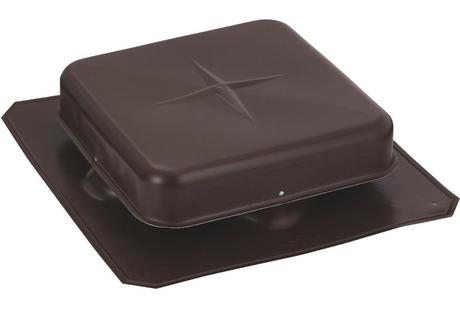
Box vents are another popular and well-known vent option. You most likely have seen that small box sitting on a rooftop. You may even see a rooftop with several sitting atop it. When it comes down to it, the most commonly recommended vents are either ridge vents or box vents.
Of course, which one is best could vary depending on the ventilation setup your home already has in place. The roof on your home could also make a difference.
Box vents are often combined with soffit ventilation techniques for optimal performance. These types of roof vents do not use electricity. They work best with open attic plans. The way the vent works is the winds flow through and combined with the soffit, the vent pulls moisture and hot air out of the attic.
These vents are small and box-shaped and are set in a hole cut in the roof. Depending on the size of your home, you may need several vents spaced out as they cover a specific square footage.
On the plus side, these can be set up to be somewhat inconspicuous. They can be purchased in a color that will be similar to your shingle color and they easily blend into the surrounding. They are not typically bulky or gaudy and can look decent on your roof.
Ridge Vents
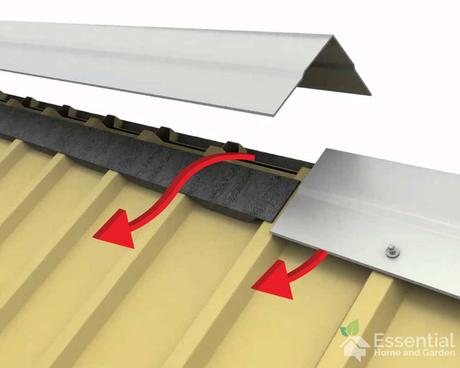
Ridge vents are the newest and greatest venting innovation. It seems like these have quickly become one of the more popular venting options. If you are getting a new roof, your roofing company may push for this type of vent system.
Ridge vents are designed to be installed at the peak of a roof slope. They are almost not visible to the naked eye, which perhaps contributes to its popularity. Ridge vents are slightly more expensive than other vent options.
These vents are designed to provide an even distribution of air, rather than just venting specific spots or areas. This feature helps to make this one of the most efficient roof venting options now available.
However, roof vents are considered to be one of the best types of roof vents available. These are highly cost-effective if the setup is right. It's almost important to note that a ridge vent is not always the best answer. If your home is vented on gable or soffit vents, ridge vents are completely unnecessary.
At the same time, you can change your venting system to improve and make updates. The right answer for proper ventilation could vary depending on your home setup and current ventilation approach.
When installed, the ridge vent runs along the entire length of the ridge of your roof. It's not highly noticeable and blends in, leaving your rook looking sleek and beautiful. The ridge vent is often combined with soffit venting for the best results. No wind is needed for these to work effectively.
Cupola Vents
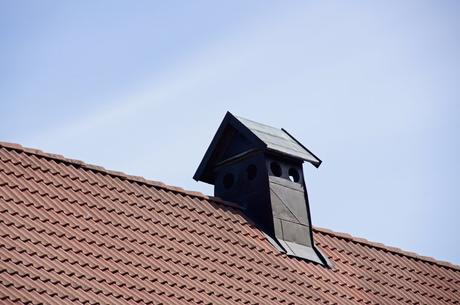
The cupola vent is a vent very much of the olden days. However, that doesn't mean it isn't an effective option. The cupola vent is also a great way to just give your roof a little something extra. These vents are very large but also very nice.
The cupola vent 's original purpose was to allow ventilation and light through one source into an attic or roof space area. These types of roof vents sit directly on the ridge of a roof and air continually passes through them.
The large structure is almost its own tiny house or spire atop your house. These vents can also be pretty expensive. Some designs can cost well over $1,000. Check out this basic model from Good Directions just to give you an idea. This one is relatively affordable compared to many other options you might find.
The cupola vent is more common on sheds, barns, and outbuildings than on most houses. However, it is an effective vent that is still in use today. You may recognize this design as something you've seen on old buildings. Yes, this is exactly what that is! It certainly adds some character.
Hip Vents
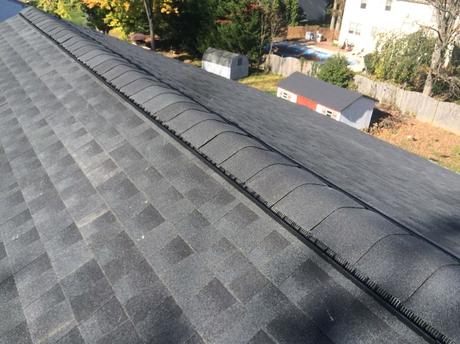
The hip vent is designed similarly to a ridge vent. The thought process behind a hip vent is for what is known as a hip roof. This type of roof is typically shaped much like a pyramid. The roofs are steep and heavily sloped and don't have ridges to use a ridge vent with.
So instead, they use a hip vent. The hip vent places directly over the side hip seams, just like the ridge vent places over ridges. The vent is then covered by shingles. These types of roof vents are highly effective. They are well-designed.
In addition, the vent is inconspicuous and low-profile so you don't have to worry about having 10 box vents slatted into your roof for your space. Much like ridge vents, hip vents should be combined with soffit ventilation in order to be most effective.
Intake Vents
Intake vents typically work best with another form of ventilation. This pulls the air in and cycles it through another system to effectively cool the space.
Here are the most common intake vents. We will cover each of these in more detail below.
Soffit Vents
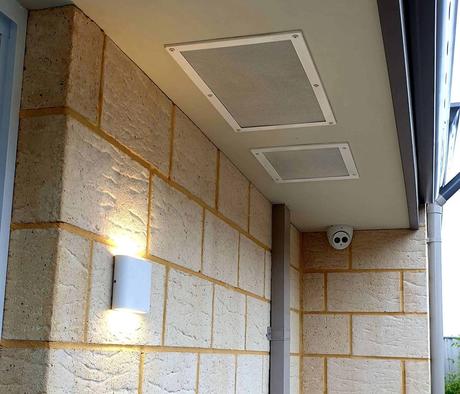
Soffit vents are a unique vent with their own style. These types of vents are typically not installed directly on the roof but rather into the underneath of an eave. They might also be under a peak.
Soffit is a flexible material that inserts and simply allows ventilation. This way, warm and humid air can travel out of the space before it causes problems. The soffit vent works well on its own but is often paired with another type of vent like many of the aforementioned types.
Soffit vents do their job well. They give the hot air a place to go. This can help you have a cooler attic or roof space which will ultimately help reduce your cooling costs for your home. If nothing else, it will allow your unit to cool more efficiently.
One of the most effective vent setups is a ridge vent combine with a soffit vent. At least, that is the case on average. Remember ridge vents may not always be the top answer for every home.
Drip-Edge Vents
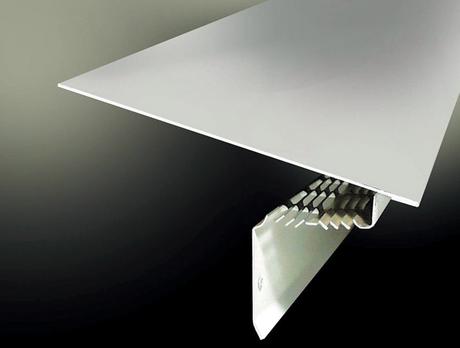
The drip-edge vent is designed to work much like the soffit vent does. Not every home is designed to have room for a soffit vent under the eaves. That is where drip-edge vents come into play.
These types of roof vents are designed to attach to the drip-edge of your roof and provide intake ventilation. The vent is a netted design to allow airflow.
Installing drip-edge vents can take quite a bit of work depending on how much setup you already have. However, they are ideal for small spaces that have a drip-edge and no extra room. These vents are quite effective.
A drip-edge vent can be setup to work on its own. However, it is most powerful if you combine the drip-edge vent with an exhaust vent as well.
Over Fascia Vents
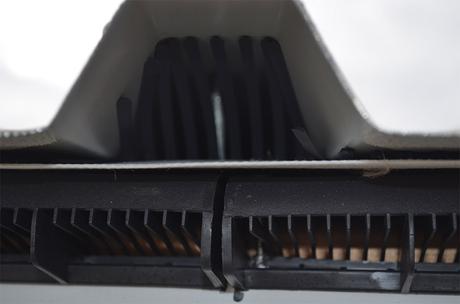
The fascia vent is a great option for those hip roofs. Why? Because the hip roof is shaped like a pyramid. It doesn't have much of an edge and it really doesn't have eaves to attach either drip-edge or soffit venting.
Fascia vents become an ideal solution for this scenario. These types of vents pair quite nicely with hip vents to give you the best ventilation setup for a roof such as this.
Apart from the setup, the concept is much the same as the drip-edge or soffit vent systems. We highly recommend using the hip vent paired with the fascia vent for hip-style roofs. Houses with this type of roof often have very large attic or roof spaces and keeping the heat under control could significantly reduce cooling costs.
Overall, as you peruse the types of roof vents to make a selection, keep in mind there may not be a right or wrong answer. What seemed like an awesome solution for your neighbor may not really work for the setup of your roof and attic.
Ultimately, the best roof vent boils down to your attic and what may or may not already be in place. Additionally, the best option may be a matter of preference rather than a strict requirement.
